After a two-day break in recognition of Heroes’ Day, a Congolese national public holiday, we finished our week will a full day of learning.
We began our morning with a brief discussion about Heroes’ Day. We then completed our Compass Points activity by reflecting our our Worries (W) related to struggle and survival and also explored what Excites (E) us about this central idea. Once everyone had recorded ideas, we did a gallery walk of our compass points, reading all the reflections and recording what resonated.
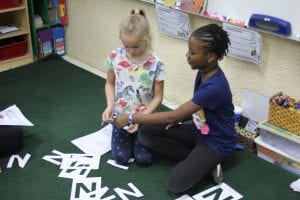
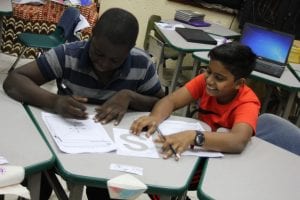
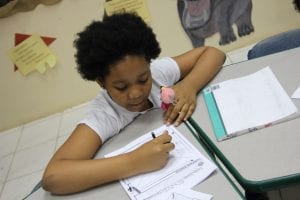
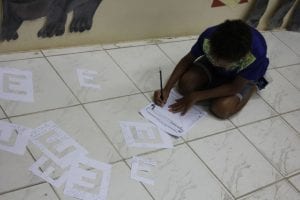
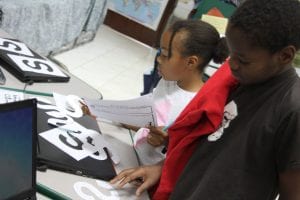
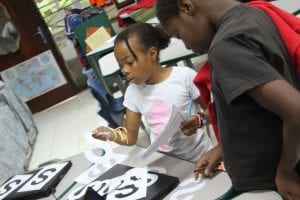
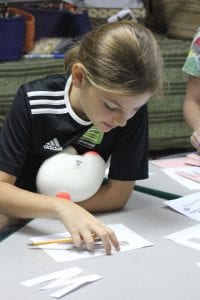
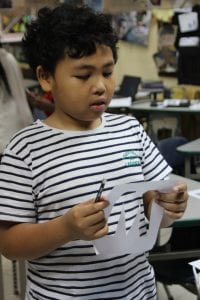
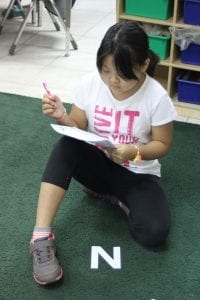
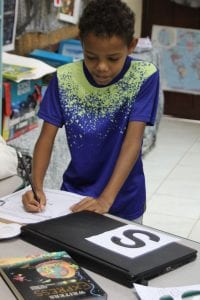
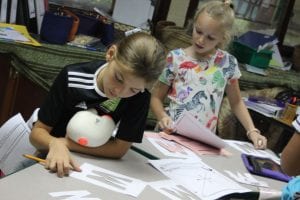
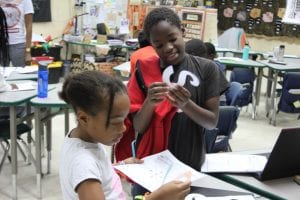
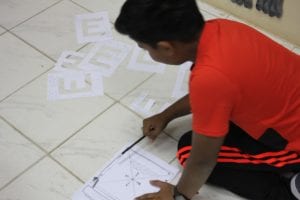
Google Classroom: A copy of the document we used in class is posted below. A digital version is posted in your Google Classroom for you to record your ideas.
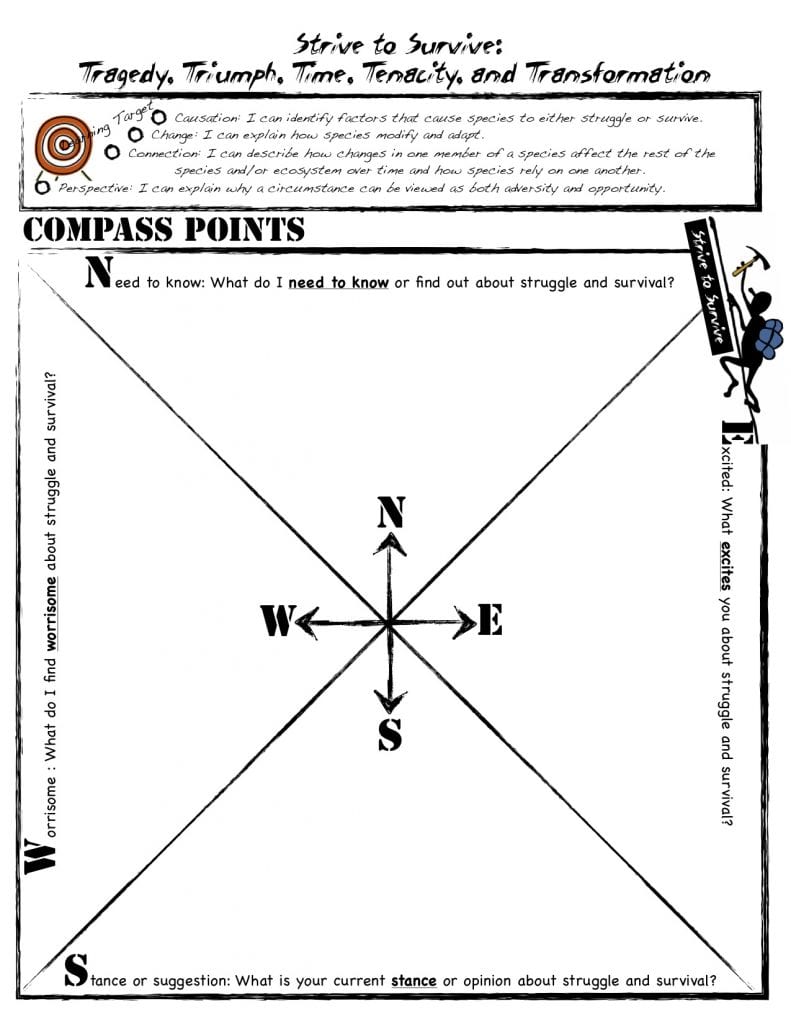
In an effort to dig more deeply into the idea of struggle and survival, we shared a read aloud of the book The Caged Birds of Phnom Penh by Frederick Lipp. Prior to reading, we paused to make predictions about the text, based on the title and Ronald Himler’s illustrations. To guide our predictions and our ponderings, we used a summary-style mneumonic device – SWBST-F (Somebody, Wanted, But, So, Then, Finally). This graphic organizer will be used again on Monday when we revisit the text. Then, as we read, we paused after each page to peruse the pictures, ponder the plot, find figurative phrases, and consider connections to our compass point conversation.
Our discussions were deep and diverse, often diverting to delve into interesting individual incidences (here in Kinshasa, in our home countries, and from our travels around the world) that have influenced our ideas and impacted our lives. How will all these things intersect as we conduct our inquiry?
In math, we made another multiple source related to metric conversions and measurement. As we assembled our table, we applied our understanding of fractions and decimals.
We also connected the final product to another multiple source in our grid book. Which one do you think it is? How can we apply these tools to solve problems?
Khan Academy: Measurement and Data (Log in to Khan Academy through your Google Classroom to learn more and track your progress).
Alert: This video is really for 8th grade thinkers, but you might be able to make some connections to what we’re doing in 4th grade.
French and P.E. got us out of the classroom and moving around, exercising both our bodies and our brains.
To end the day, the 13 problem solvers present put their problem solving skills to work in order to organize our table groups. As we considered how to sort ourselves out into sets of six, specific criteria had to be met. In addition to attending to individual learning needs, final table groups needed to include scholars who were:
- thinkers (thinking buddies).
- principled.
- focused.
- reflective.
- self-controlled.
- bucket fillers.
We are looking forward to testing out our new arrangement with scholars who join us next week and to seeing how we can shape and sharpen one another each day as we inch ever closer to fifth grade.
